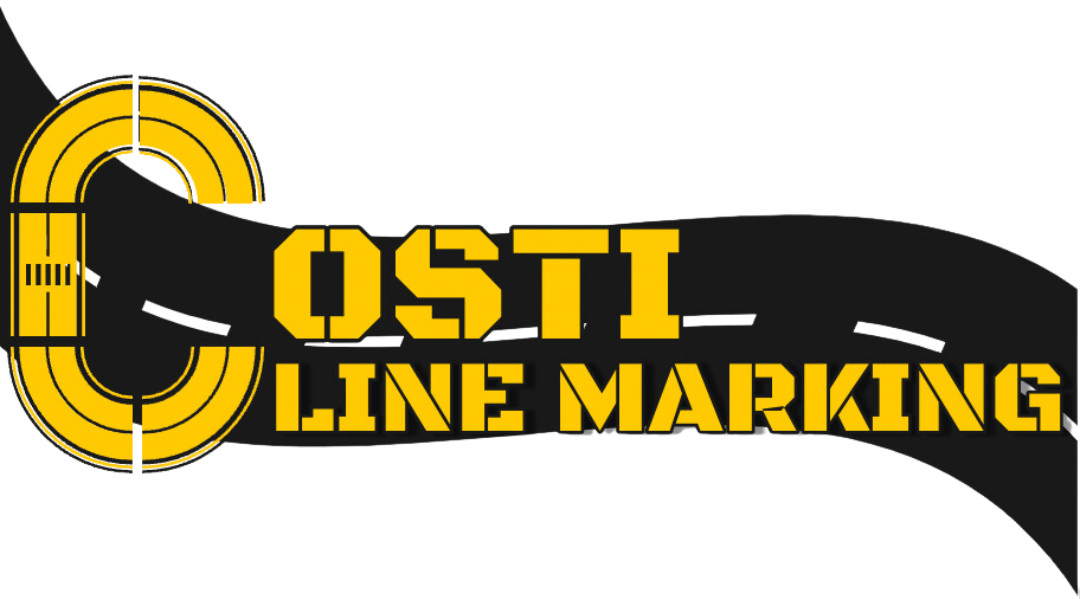The Importance of Road Line Marking
When it comes to road safety, the significance of clear and visible road markings cannot be overstated. Road line marking plays a crucial role in guiding drivers, ensuring smooth traffic flow, and preventing accidents. These markings provide drivers with essential information about lane divisions, turning lanes, pedestrian crossings, and other important aspects of the road.
Traditionally, road line markings have been limited to simple white stripes on black asphalt. However, in recent years, there has been a shift towards more innovative and creative road line designs that not only enhance safety but also add aesthetic value to our streets.
Exploring Innovative Road Line Designs
1. Colored Road Lines: While white is the most common color for road lines, colored road lines are gaining popularity in many countries. Colored road lines can be used to differentiate between different types of lanes, such as bus lanes or bicycle lanes. They can also be used to highlight pedestrian crossings or warn drivers of potential hazards.
2. Textured Road Lines: Textured road lines are designed to provide drivers with tactile feedback, especially in areas where visibility may be reduced, such as during rain or fog. These lines have a slightly raised or grooved surface, allowing drivers to feel the road markings and stay in their lane even when visibility is poor.
3. Reflective Road Lines: Reflective road lines use special materials that reflect light, making them highly visible at night or in low-light conditions. These lines help drivers stay on track and navigate safely, even in the absence of streetlights.
4. Thermoplastic Road Lines: Thermoplastic road lines are made of a durable plastic material that is heated and applied to the road surface. These lines are known for their longevity and resistance to wear and tear, making them ideal for high-traffic areas.
The Role of Road Signs and Street Paint
While road line marking is crucial, it is not the only element that contributes to road safety. Road signs and street paint also play a significant role in guiding drivers and ensuring safe navigation.
Road signs provide drivers with important information, such as speed limits, directions, and warnings about potential hazards. These signs are strategically placed along the road to convey essential messages to drivers, helping them make informed decisions and avoid accidents.
Street paint, on the other hand, is used for various purposes, including marking crosswalks, stop lines, and parking spaces. The use of bright and contrasting colors in street paint helps draw attention to these markings, making them easily visible and understandable to drivers and pedestrians alike.
Enhancing Road Safety with Innovative Designs
By embracing innovative road line designs, road signs, and street paint, we can significantly enhance road safety and improve the overall driving experience. These designs not only serve practical purposes but also add aesthetic value to our streets, making them more visually appealing.
It is important for city planners, road authorities, and designers to collaborate and explore new possibilities in road line marking and signage. By incorporating these innovative designs, we can create a safer and more efficient road network that benefits everyone.
Conclusion
Road line marking, road signs, and street paint are integral components of road safety. By going beyond the traditional white stripes and embracing innovative designs, we can enhance safety, improve traffic flow, and create visually appealing streets. The future of road line marking is bright, and with continuous advancements, we can look forward to safer and more innovative road designs.

